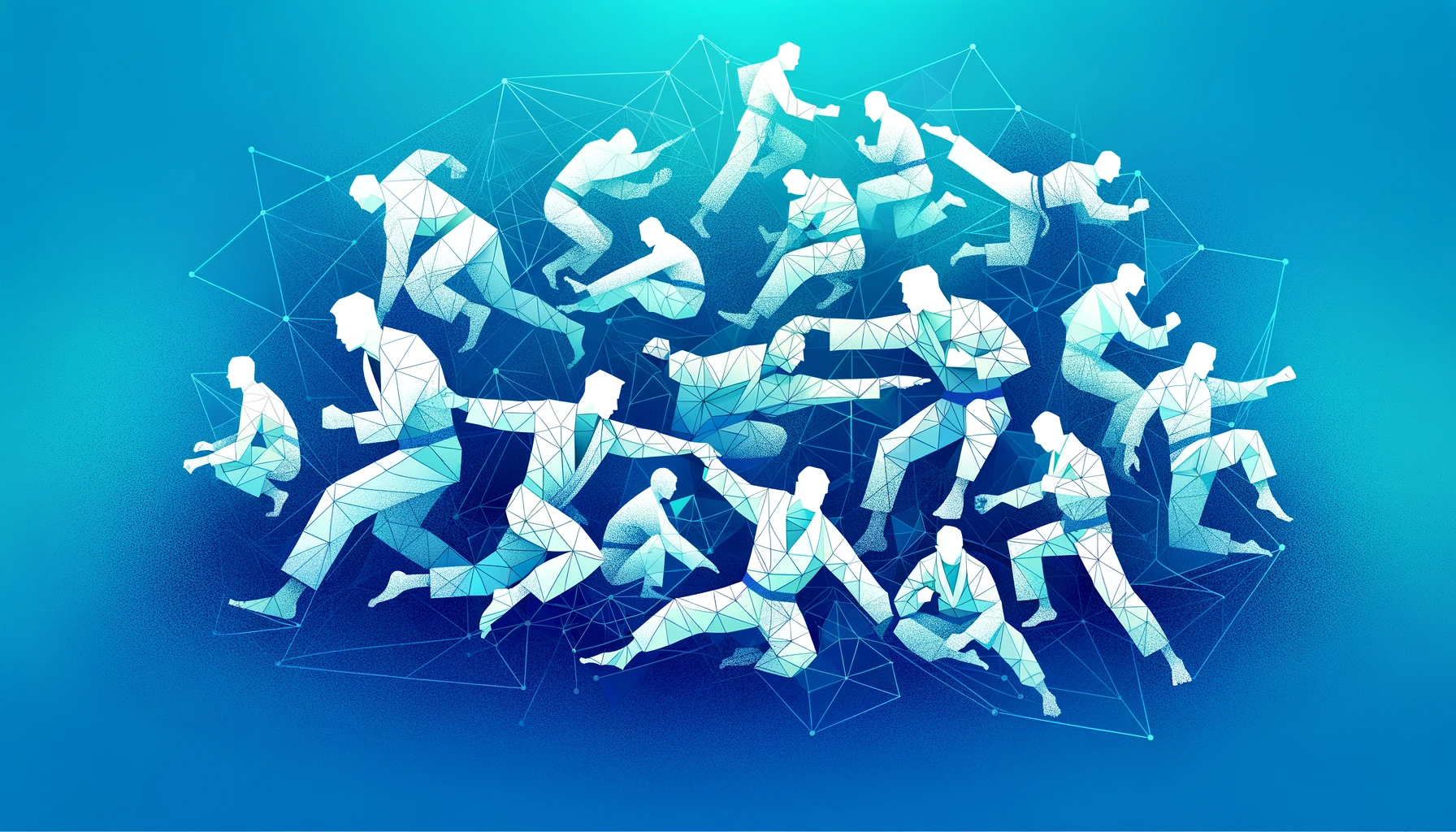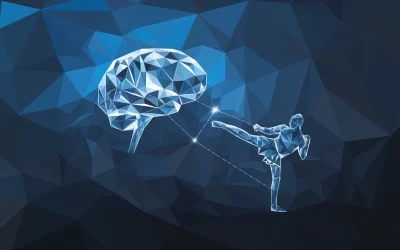Martial arts training has traditionally involved coaches prescribing the ‘perfect’ technique and having students repeat movements over and over. However, research shows there are more effective ways to develop skills – by keeping training ‘coupled’ and letting students ‘self-organize’. Discover how a constraints-led approach can revolutionize your martial arts practices.
Coupling Perception and Action for Better Decisions
Most martial arts rely heavily on vision to perceive information and guide movements accordingly. Research shows that in skilful martial artists, perception and action are tightly coupled – we not only act based on what we perceive but also perceive in order to act.
Keeping perception and action coupled during training develops more functional skills. Students learn decision-making, like when to throw a strike or when to block. Traditional uncoupled training like hitting pads doesn’t teach these critical judgment skills.
Attune Your Gaze to Pick Up Predictive Cues
Where you look directly impacts what information you perceive. Studies reveal high-level martial artists look in different places compared to novices. They rapidly pick up predictive cues that suggest what will happen next.
In combat, focusing too much, on the one hand, leaves you open on the other side. It may be better to keep your gaze on your opponent’s midsection to see shoulder and hip rotations that precede strikes.
Use Representative Practice Designs
To develop perceptual skills, simplify practice while keeping critical information present. For example, have a coach hold pads as targets rather than hitting bags. The coach provides information to respond to.
Keep actions as similar as possible to sparring without overwhelming novices. This develops a more adaptable, transferable technique than rote repetitions alone.
Self-Organization: Discovering Your Optimal Technique
Traditional coaching prescribes the ‘ideal’ technique and then fixes ‘errors’. However, research shows no single best way to perform a technique. The optimal method emerges through self-organization based on each student’s unique constraints.
Constraints-Led Martial Arts Coaching
In the constraints-led approach, the instructor creates an environment to nudge students toward solutions tailored to them. Rather than explicitly correct ‘errors’, manipulations encourage exploration.
For example, placing obstacles on the floor may prompt a wider stance for better balance. This develops functionality without direct technical cues. Instructors guide discovery without imparting the ‘right’ answer.
Adaptability Through Variability
Adding variability develops adaptability to changing conditions. Vary distances, target sizes, starting positions etc. Students learn generalizable skills, not just one way of moving.
Seeing mistakes as exploration encourages problem-solving. Perfect performance indicates nothing new is being learned. Some early ‘messiness’ enables long-term gains.
Blending Traditional and Contemporary Approaches
Many traditional drills, like altering space size, have value if used purposefully to prompt self-organization. Instructors play a key role in structuring practices for functionality.
Before fully embracing student-led discovery, add variability into existing drills. This can deliver benefits while expanding your comfort with ‘letting go’.
See different approaches as tools to achieve particular goals, not as mutually exclusive dogmas. Also recognize students need different things at different times. Confidence-boosting activities can co-exist with challenging skill development.
Implementing a Constraints-Led Approach: Where to Start
Here are some tips to begin shifting to more representative, adaptable practices:
- Reduce explicit technical coaching by turning the music up and only going close to providing feedback.
- Look for examples from different martial arts – creativity often comes from cross-pollination.
- Remember: student-led does not mean unstructured. Manipulate constraints thoughtfully to encourage exploration.
- Accept learning can appear messy before skills emerge. Creating challenges is critical.
With an understanding of key concepts like coupling and self-organization, you can harness the constraints-led approach to develop agile, creative martial artists ready to thrive in sparring.





0 Comments